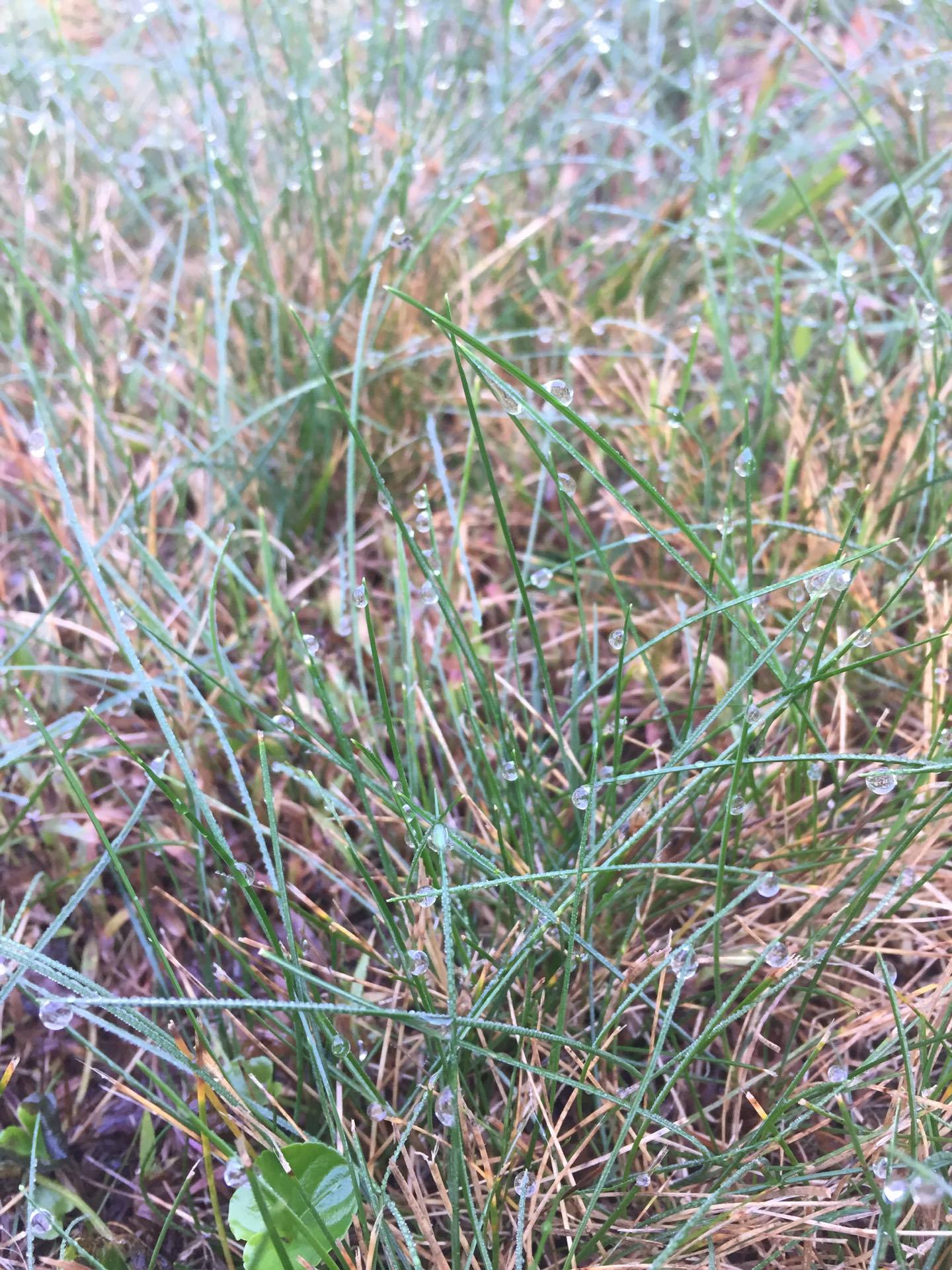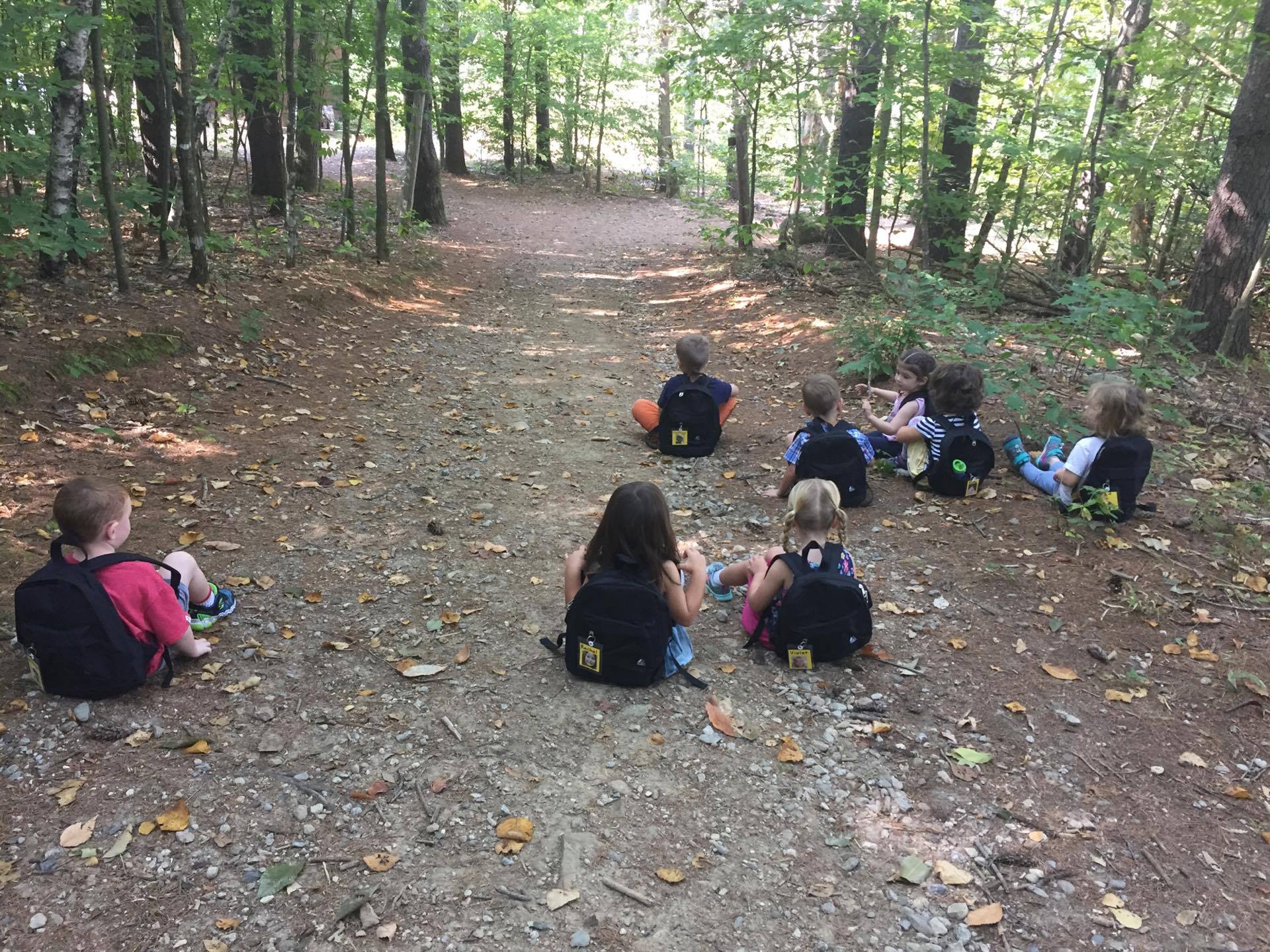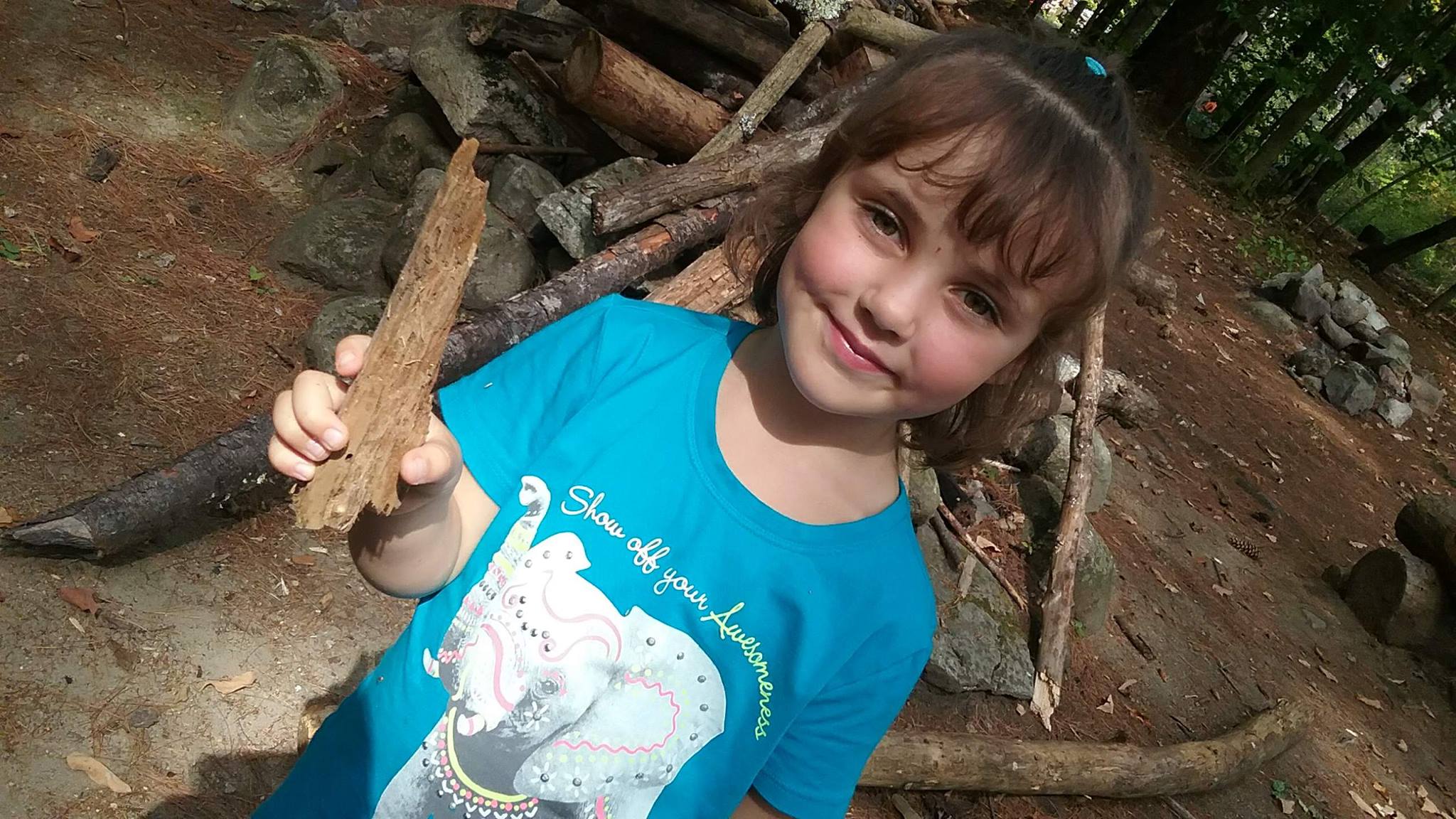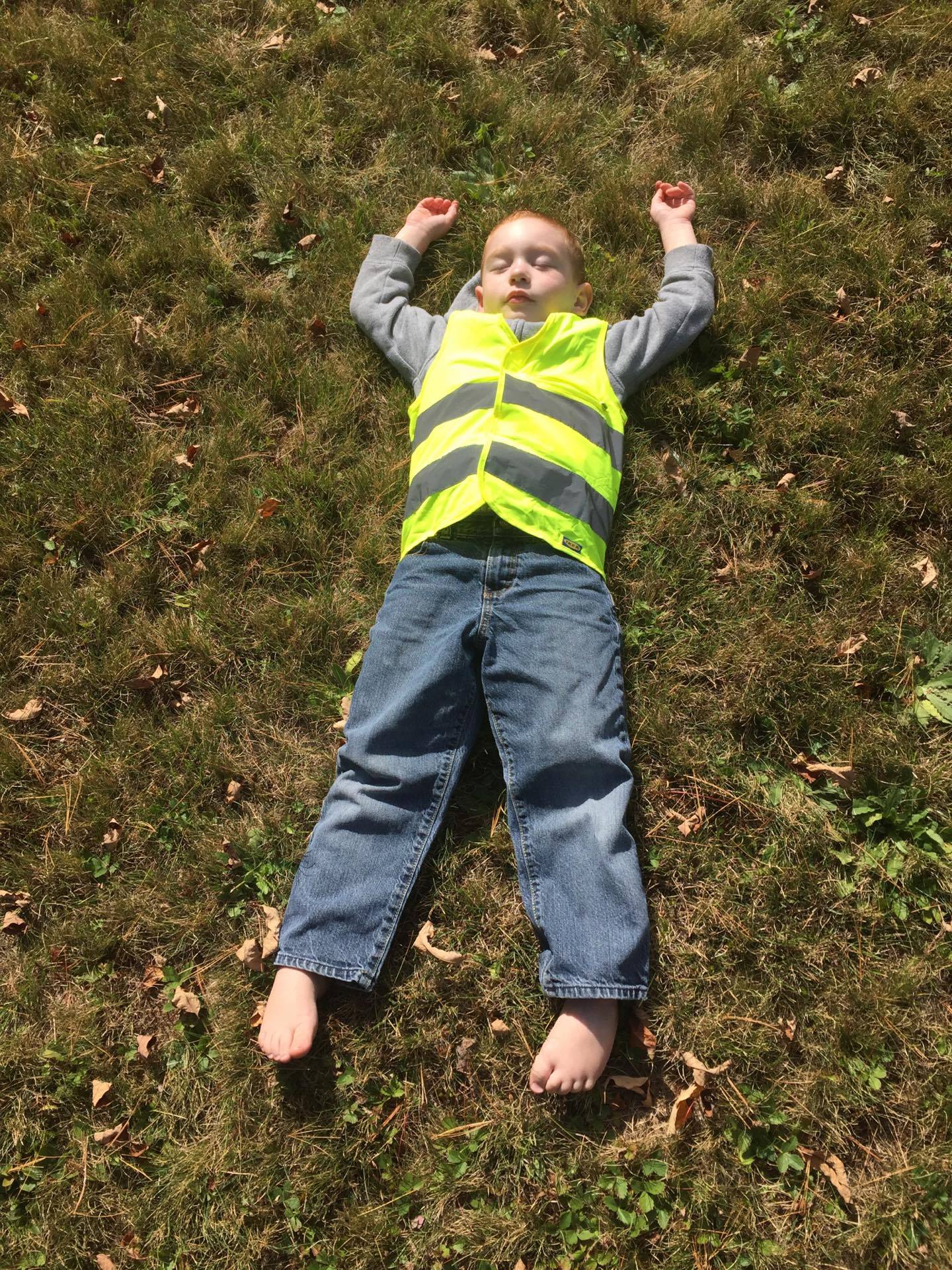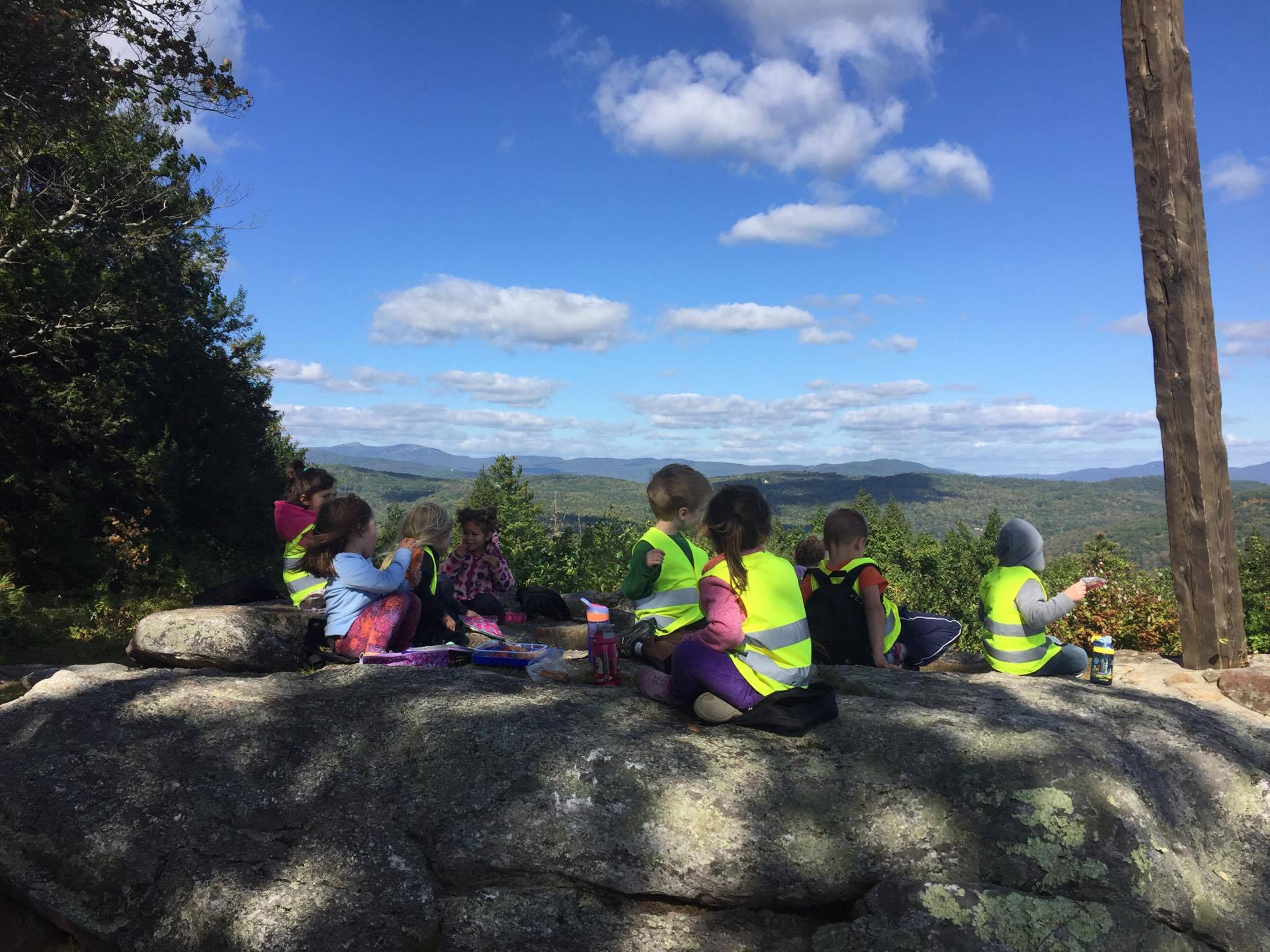Notes From The Naturalist: October 2, 2017
“I hear the trees talking” – Nature Preschool Student, Class of 2017-18
When was the last time you really looked at the trees? Did you see them sway in the wind? Did you hear the rustle of their leaves? Did you feel the prickle of their needles? Or perhaps you touched the smooth bark, the bumpy bark or wondered about the roots that touch the surface, yet are far below. In this period of observation, we can learn so much from what is right in front of us, by looking at the very fine details. Over the last three weeks, the teachers at Nature Preschool have not only viewed the natural world for all its fine details, but they also have done the same with each child. Observation, is a powerful tool.
The beauty of the changing season is not lost on our Nature Preschoolers. They too are learning about the word “observation”. Many have noticed the changing leaves in the trees and the ones that have fallen to the ground. And we as teachers have started to notice the ease in which the children have settled into their space at Slim Baker Lodge. As we hear the children talk about their school in the woods, it reminds us of the importance of place based education and all that it has to offer. “Placed-based education promotes learning that is rooted in what is local—the unique history, environment, culture, economy, literature, and art of a particular place—that is, in students' own “place” or immediate schoolyard, neighborhood, town or community.” –gettingsmart.com. We are so very lucky to have the Slim Baker Foundation for Outdoor Education as our “place” within the Newfound Watershed for our outdoor classroom.
As a teacher in a nature based school, I want so much for each student to fall in love with the natural world. I will never sway them with my opinions about the environment. That is a choice left to each child and their family. But I do openly express my love, joy and passion for being outside. Over the past three weeks I have jumped with excitement as I noticed a Red-Tailed Hawk flying above us, and couldn’t help but investigate with enthusiasm the tiny wood chips at the bottom of an otherwise healthy tree. I will not expound on the topic of acid rain or renewable energy, but instead, provide fact, offer tools to find the answers and guide each child in finding their voice in the natural world. And so with that, we have each adopted a tree. One that is alive, and one that each child found upon their own accord. Their name was place on a stick next to the tree. As the seasons change and the days move around the sun, we will watch, we will wait and we will observe. This is the beginning of creating the inner voice of each child. The inner voice of how we each care for the world around us, may it be the choice not to step on the tiny ant or the choice to recycle.
will one tree change the world? It may not. But what I can tell you is that as I child my parents were very connected to the outdoors. They instilled in each of their children a love for the outdoors. I had a special spot in the woods that my dad and I walked to weekly. We watched the beaver in the brook below build a dam over time, we watched the field around my spot change with the seasons and I have stayed connected to the natural world. And I know that one tree can remain special to a single person. When I mentioned that I thought I saw a Quaking Aspen, I heard Teacher Kaisa exclaim with excitement that the Quaking Aspen was her special tree when she was in elementary school. She told us how she could identify the tree and its leaves and had learned its characteristics. And so you see, it is within these tiny moments of making connections that we build lasting educational opportunities and experiences within the natural world. You have all made a conscious choice to embrace Place-Based Education, and within that you are changing the world, one child, and one experience at a time.


